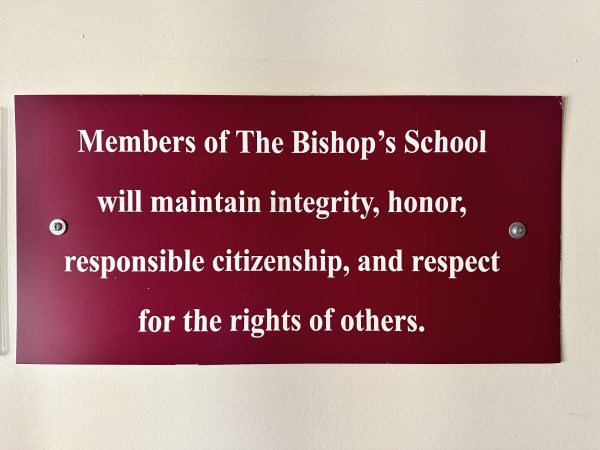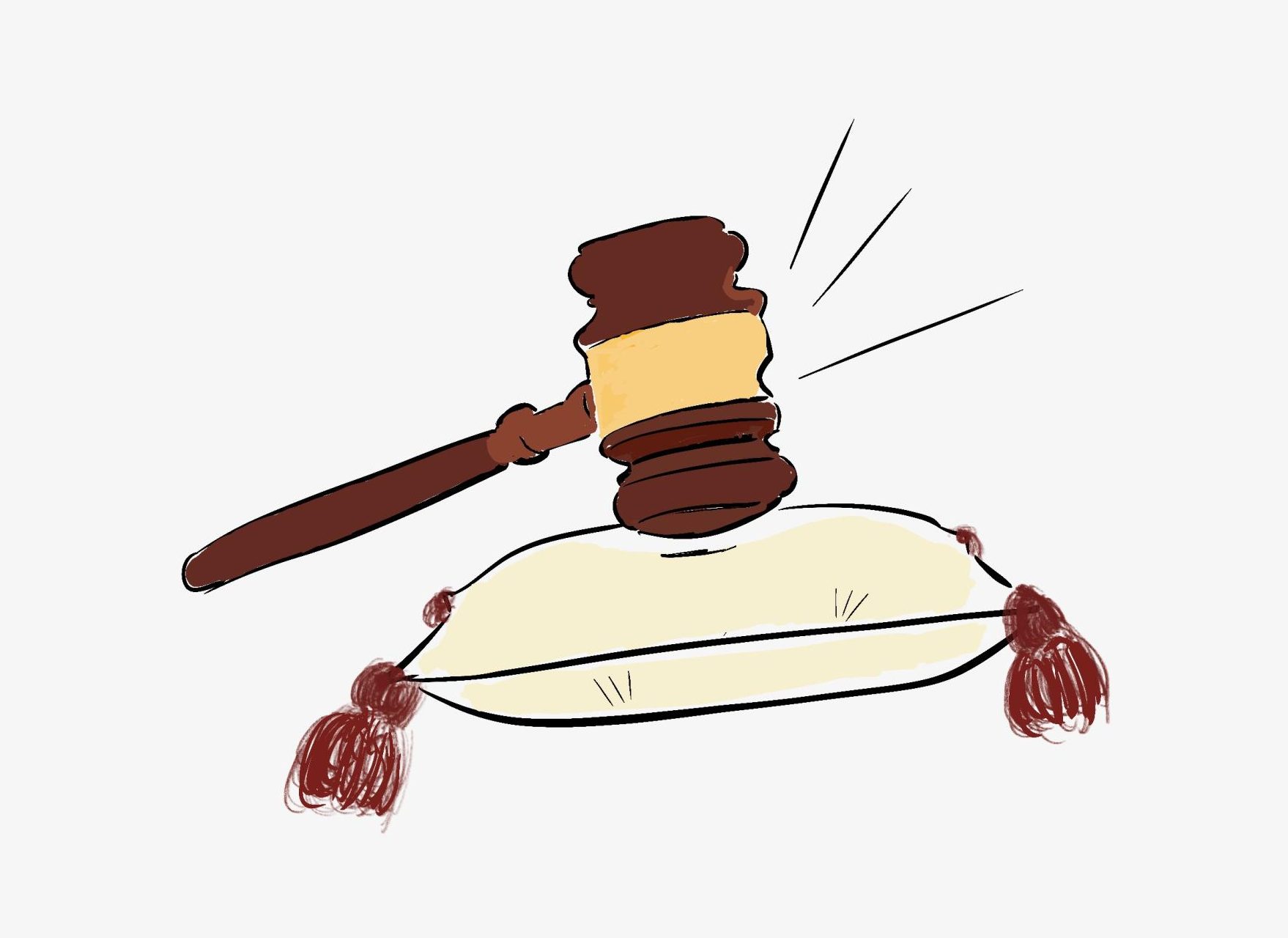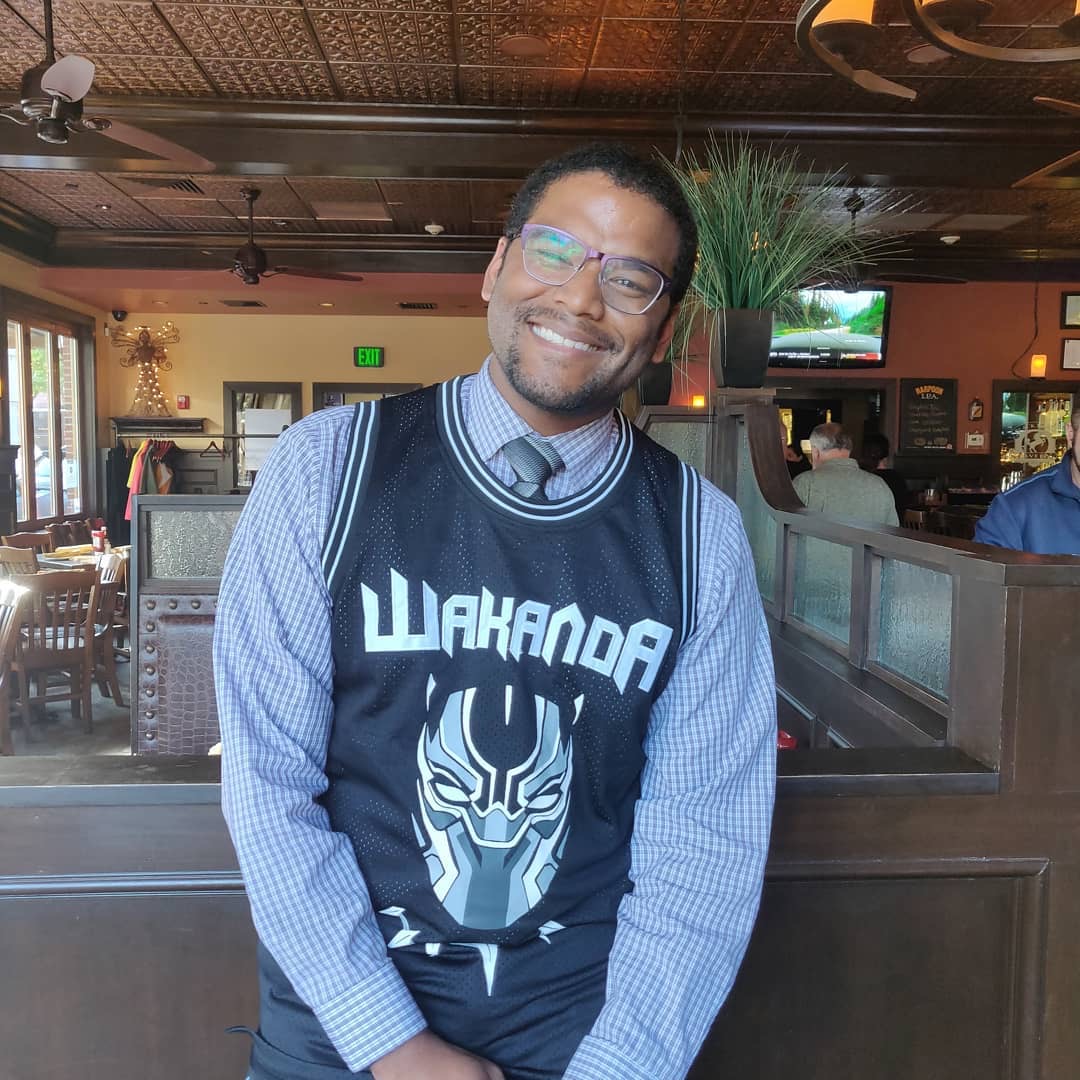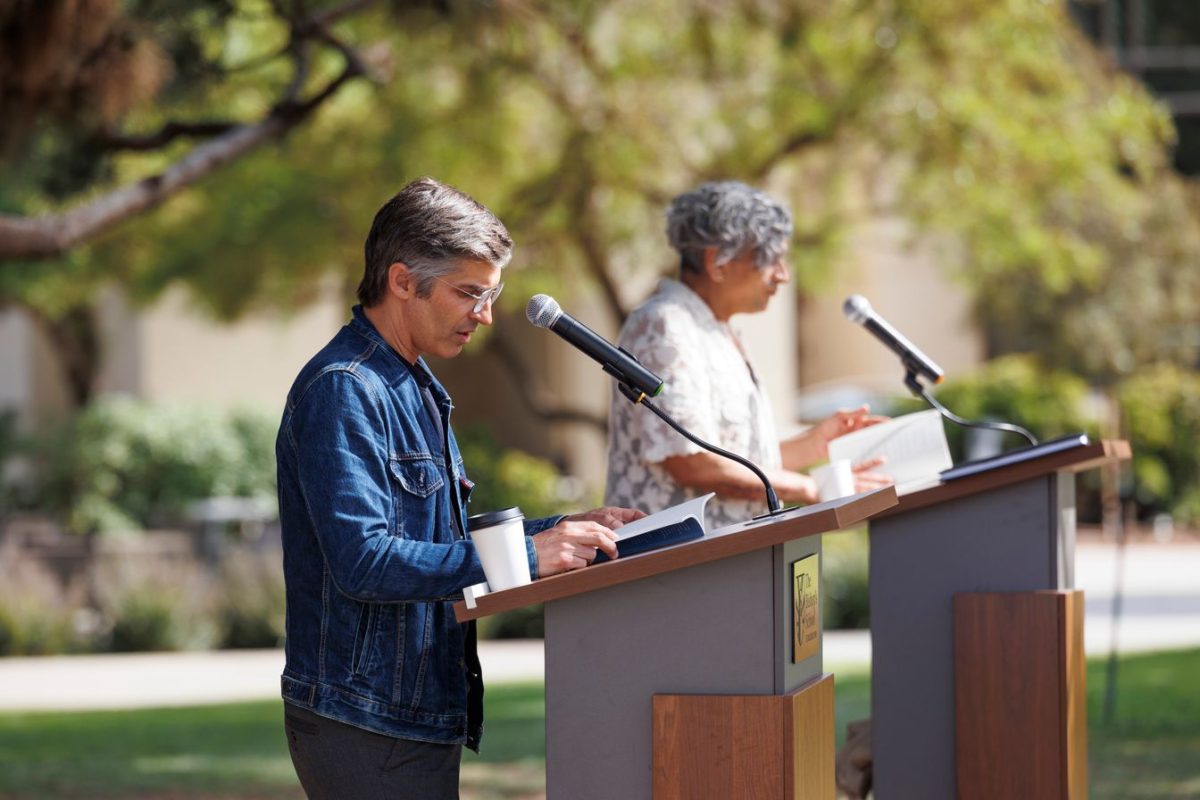A group of old men stare down at you from a platform while they decide your fate. They seem tyrannical, as the committee head crashes the gavel on the block to command the room’s attention. This Al Pacino standoff in Scent of a Woman is one of the most classic scenes when thinking about disciplinary action at school.
But the Bishop’s Values Committee defies that expectation.
“Discipline is student support. It sounds counterintuitive, but it’s not,” Dean of Students Ms. Michelle Shea said. Ms. Shea leads the Bishop’s Values Committee: a group of four teachers and four student representatives who provide insights into and suggest disciplinary action at the School. While she couldn’t give specifics due to confidentiality, Ms. Shea estimated that the committee convenes around eight to ten times per year.
Ms. Shea noted that the Committee offers a time for not only the committee members to understand a student’s motivations for a certain action, but for the student to do the same. “We don’t have students who just want to do bad things. It’s often symptomatic of something else,” Ms. Shea said.
An elected member of the Committee, Director of Student-Athlete and Coaching Development Mr. Shane Walton described the process as “one of the purest times where students have to accept ownership and responsibility for what they have done.” He continued, saying “When they do it in an appropriate way, oftentimes we see that as a jumping-off point that helps them facilitate a change in their life,” Mr. Walton continued. However, due to the stature of the committee, its reconciliatory and reflective characteristics sometimes are clearly communicated to the student body.
An anonymous student who was called to the disciplinary committee admitted that they “thought it would work more like a trial.” Yet, soon found that “it was more chill than that… It felt more like a discussion because, although I was doing all the answering, people were taking turns to question me,” they said. The Tower has provided anonymity to students who have been called to the committee in an effort to protect their privacy. Before being elected as an alternate for the committee, Jacob Tsai (‘25) also thought the Values Committee would be something of a “grand situation.”
Ms. Shea said that she thinks some people falsely view the Values Committee as a “courtroom drama…Like we are trying to catch kids in something.”
Instead, according to her, the committee focuses on answering two main questions: 1) Is this a person who is interested in learning and growing? and 2) Is this a person whose presence at the school compromises other people?
According to the Bishop’s Student Handbook, before going before the committee, a student who is reported for disciplinary action will meet with Ms. Shea to review their record and discuss their situation. The student will either receive a Dean’s warning or be asked to prepare a written statement for a Values Committee meeting, which usually convenes during lunch and occasionally after-school. The student is asked to bring both their statement and a trusted adult (most often an advisor or coach) as an additional advocate. Prior to the meeting, committee representatives receive an information packet that details the situation. For situations where a teacher or student feels their biases may get in the way of providing sound insight, committee members have alternates ready to jump in.
The student will then read the Bishop’s Honesty Policy out loud in front of the committee, which is outlined by the Student Handbook as an expectation for “students to tell the truth.” The policy allows disciplinary action to be waived “if the School becomes aware of an offense solely through information provided by a student.” Committee members then ask the student questions to better understand their situation. After questioning, the student is asked to leave the room, while the committee asks the advocate questions about the student’s character. The committee then regroups and discusses amongst themselves which of four possible courses of action would be best for the specific situation: a committee warning, a committee reprimand, probation, or expulsion. In addition, the committee may ask the student to partake in additional activities for their well-being, such as watching an informative video on plagiarism. After the committee has reached a decision, Ms. Shea debriefs Head of School Mr. Ron Kim and, after a conversation, usually Mr. Kim approves of the committee recommendation.

One unique aspect of this process is the presence of grade-level student representatives. Elected each year by their peers, these students’ voices have the same weight as faculty and administrators at the table, contrary to most expectations. After observing just one meeting, Jacob could tell Ms. Shea ensured that student voices were heard. “She wants to hear the opinion of the people who are intermingling with the student body…Their opinions are extremely important,” he said.
“I think the impact of having students on the committee is that we can bring another perspective that some of the adults on the committee do not have,” Values Committee Representative Nirvana Shiwmangal (‘25) said. Nirvana added that student representatives are in a unique position, as they often know students both inside and outside the classroom and can provide details that adult representatives may miss because they aren’t as close with some of the people who get called to the committee. A student called to the committee confirmed the effectiveness of this process, saying, “I just felt relieved to have someone I know while going through that process.”
Another misconception Nirvana hopes to dispel is that “everyone on the Values Committee is… there for the tea.” In fact, every person on the committee verbally agrees to keep Values Committee proceedings confidential, preventing them from, as Ms. Shea calls it, using the moments in the room as “fodder for gossip.”
While disciplinary action at Bishop’s has stayed generally the same for the past 23 years (ever since Ms. Shea joined Bishop’s), the committee isn’t immune to change. The committee was formerly known as the Discipline Committee. However, following the start of Mr. Kim’s tenure, the body changed its name to the Values Committee. According to Ms. Shea, while the purpose of the committee never really changed, the criteria for discipline shifted slightly: away from the Fundamental Standard and towards the newly established six core values. The Fundamental Standard, which is actually still hanging on a wall in lower Benthem, states that “Members of The Bishop’s School will maintain integrity, honor, responsible citizenship, and respect for the rights of others.” However, Bishop’s now has six core values, integrity, justice, intellect, compassion, excellence, and inclusion. “We wanted to expand and be more explicit about inclusion, be more explicit about compassion…Values allow us to be wider in our reach,” Ms. Shea said.
Additionally, the committee previously had a no-tolerance policy for substance use, meaning that the student would be immediately expelled. However, for over a decade, the committee has taken a different stance. “I think that sometimes people struggle with substances and what we should be doing is providing them support around that, as opposed to being punitive about it,” Ms. Shea said.
As Ms. Shea puts it, the Student Handbook, which details the processes of Bishop’s disciplinary action, is “all business.” The dense document begins by saying, “We believe that there is a clear difference between right and wrong,” and goes on to relay disciplinary procedure and classifications.
However, “because the Student Handbook is all business, I think it does not capture that really human element — that it is a sort of soft process in a lot of ways, which is a strange word to use,” Ms. Shea said.
Given the range of punishments and transgressions, student experiences with the committee are bound to also be variable and situational. While some students who experienced the committee agree with Ms. Shea’s sentiment, others found it emotionally taxing. One such student commented briefly. “That whole process took a lot out of me and affected my life a lot, so it’s kind of a sensitive topic,” they said. The student declined to elaborate on their experience.
Another student cited slight concern about differing narratives, as they were involved in an incident regarding multiple people. The student felt that the person who reported them may have twisted some of the facts. “I believe that the process could improve by having all of the people involved within the event there. Then, they could clear up any discrepancies,” they said.
Ultimately, Nirvana believes that the Values Committee’s goal is to not tear students down, but ensure that they feel supported through the process. “Some people who come to the Values Committee may make mistakes or bad choices and we don’t want to totally crush the spirit of someone who is coming before us. We just want to make sure that they are getting the help that they need,” she said.
Mr. Walton sees the Values Committee as a learning experience, recognizing that teenagers are going to make mistakes. “I think the misconception is that this is an awful process, and it’s very punitive. I think it’s the exact opposite. I think it’s very restorative. If they choose restoration,” he said.








